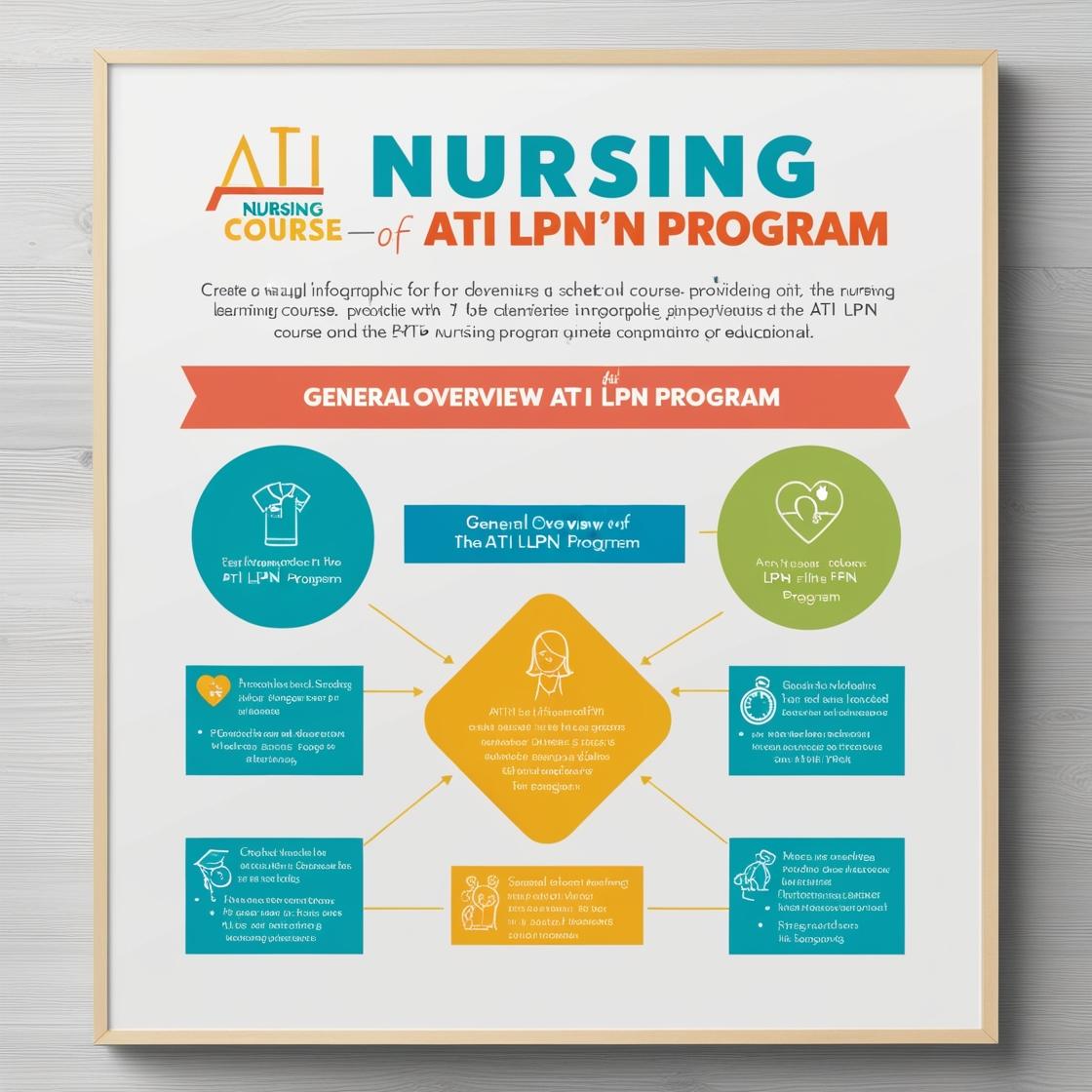LPN LPN
LPN Pharmacology Practice Test
1. A client has a new prescription for furosemide. Which of the following instructions should the nurse include?
- A. Take the medication with or without food.
- B. Monitor for signs of hypokalemia.
- C. Increase your intake of potassium-rich foods.
- D. Expect an increase in urination.
Correct answer: D
Rationale: The correct instruction to include when a client is prescribed furosemide is to expect an increase in urination. Furosemide is a diuretic that works by increasing urine production, so it is essential for the client to anticipate and understand this effect. Monitoring for signs of hypokalemia and increasing potassium-rich foods are not directly related to furosemide use. Hypokalemia is a potential side effect of furosemide, so monitoring for it is crucial. Increasing potassium-rich foods can help counteract potassium loss due to diuretic use. Taking furosemide with food is not required, as it can be taken with or without food.
2. A client has a new prescription for furosemide. Which of the following statements should the nurse include in the teaching?
- A. Take the medication in the morning.
- B. Monitor for muscle weakness.
- C. Eat foods high in potassium.
- D. Expect weight gain.
Correct answer: C
Rationale: The correct statement that the nurse should include in the teaching for a client prescribed furosemide is to eat foods high in potassium. Furosemide can lead to potassium depletion (hypokalemia) due to increased urine output. Consuming potassium-rich foods like bananas, oranges, spinach, and potatoes can help prevent this electrolyte imbalance. Choices A, B, and D are incorrect because taking furosemide in the morning, monitoring for muscle weakness, and expecting weight gain are not directly related to the potential side effects or necessary dietary adjustments when taking furosemide.
3. A client is receiving heparin therapy. Which of the following laboratory tests should be monitored to evaluate the effectiveness of the therapy?
- A. Prothrombin time (PT)
- B. International normalized ratio (INR)
- C. Activated partial thromboplastin time (aPTT)
- D. Complete blood count (CBC)
Correct answer: C
Rationale: Activated partial thromboplastin time (aPTT) is the most appropriate laboratory test to monitor the effectiveness of heparin therapy. Heparin works on the intrinsic pathway of the coagulation cascade, and monitoring aPTT helps assess its anticoagulant effect. Therapeutic levels of aPTT for clients on heparin therapy are typically 1.5 to 2.5 times the control value. Prothrombin time (PT) and International normalized ratio (INR) are used to monitor warfarin therapy, which acts on the extrinsic pathway of the coagulation cascade. Complete blood count (CBC) is not specific for monitoring the effectiveness of heparin therapy.
4. A client has a new prescription for levothyroxine. Which of the following instructions should the nurse include?
- A. Take the medication on an empty stomach.
- B. Take the medication with food.
- C. Take the medication at bedtime.
- D. Take the medication with an antacid.
Correct answer: A
Rationale: The correct answer is A: 'Take the medication on an empty stomach.' Levothyroxine should be taken on an empty stomach to ensure optimal absorption. Food, especially high-fiber foods, can interfere with the absorption of levothyroxine. Taking it with an antacid or at bedtime may also affect its absorption. Instructing the client to take the medication on an empty stomach will help maintain consistent blood levels of levothyroxine. Choice B is incorrect as taking levothyroxine with food can reduce its absorption. Choice C is incorrect because taking levothyroxine at bedtime may lead to inconsistent blood levels due to food intake during the day. Choice D is incorrect as antacids can interfere with the absorption of levothyroxine.
5. A client who has a new prescription for warfarin is being educated by a healthcare professional about monitoring for adverse effects. Which of the following statements by the client indicates an understanding of the teaching?
- A. 'I should use a soft toothbrush to brush my teeth.'
- B. 'I will double my dose if I miss one.'
- C. 'I should increase my intake of leafy green vegetables.'
- D. 'I will contact my doctor if I notice any unusual bleeding or bruising.'
Correct answer: D
Rationale: The correct answer is D: 'I will contact my doctor if I notice any unusual bleeding or bruising.' This statement indicates a good understanding of the teaching regarding warfarin. Warfarin is an anticoagulant medication that increases the risk of bleeding. Contacting the doctor if unusual bleeding or bruising is noticed is essential as it can help prevent serious complications. Choices A, B, and C are incorrect. Using a soft toothbrush is generally recommended for oral hygiene but is not directly related to monitoring for adverse effects of warfarin. Doubling the dose of warfarin if a dose is missed is dangerous and can increase the risk of bleeding. Increasing the intake of leafy green vegetables can interfere with warfarin's effectiveness as they contain vitamin K, which antagonizes warfarin's anticoagulant effects.
Similar Questions

Access More Features
ATI LPN Basic
$69.99/ 30 days
- 50,000 Questions with answers
- All ATI courses Coverage
- 30 days access @ $69.99
ATI LPN Premium
$149.99/ 90 days
- 50,000 Questions with answers
- All ATI courses Coverage
- 30 days access @ $149.99
